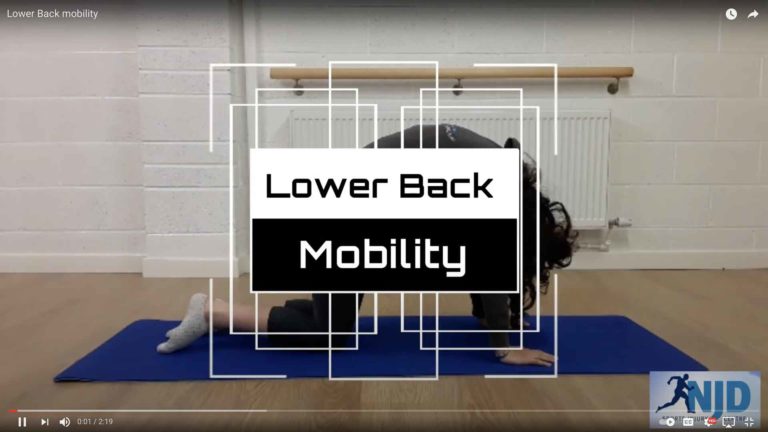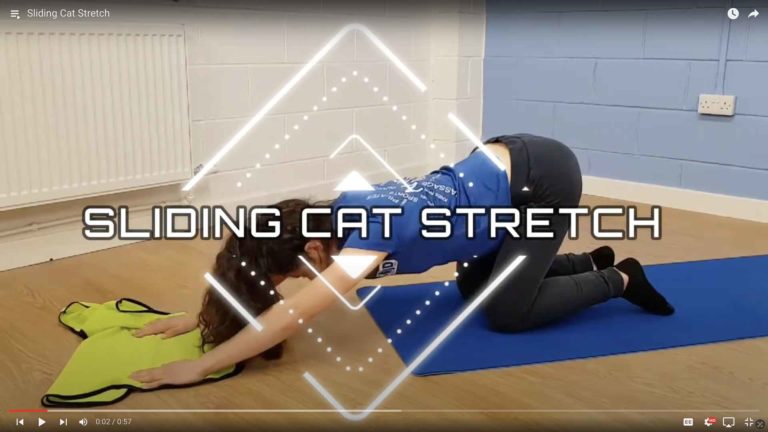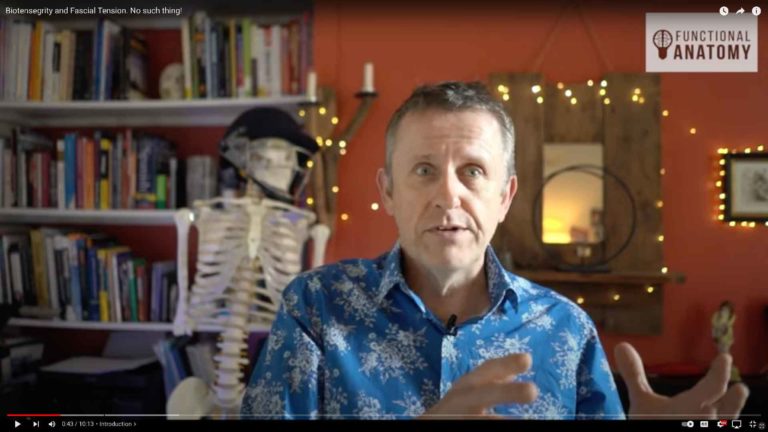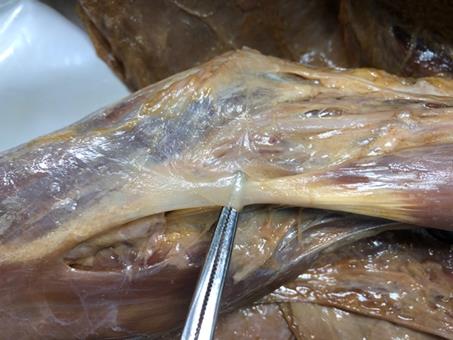Since the 1st International Fascia Research Congress (FRC) in 2007 and the subsequent increase in fascia related research, much of which has been published by JBMT and other journals, it is true to say fascia is well and truly established as an important topic in medical science.
Due to the nature of fascia, its architecture and ubiquitous characteristics, it is difficult to visualize an image of fascia that would do justice to this omnipresent connective tissue without the aid of anatomical specimens for educational purposes. Fascia can be likened to dark matter – a practically invisible network – of our inner universe weaving a supportive fabric without which our bodies would have neither form nor function. Fascia provides the mechanism to connect and yet disconnect (Van der Wal, 2009).
Fascia shapes our form, and fascia research has provided evidence- based explanations as to why pain in one body part could be as a result of an insult in a more distant part, in turn contributing to “global soft tissue holding patterns” (Myers, 2009). Accurate anatomical specimens of the superficial and deep fascia would be welcome tactile educational aids in medical teaching facilities and departments of anatomy around the world. To this end, in 2017 Dr. Robert Schleip, head researcher at Ulm University in Germany, approached the world-renowned von Hagens’ Plastinarium in Guben on behalf of the Fascia Research Society to investigate possible interest in supporting a proposed venture named “Fascia Net Plastination Project” or FNPP.
Not joined up yet?
There’s plenty of reasons to join the LCSP Register
Insurance Partners
Our dedicated team can tailor individual policies to suit your specific needs
Workshops
Keep your skills up to date with CPD Workshops and courses
Business Support
Advice tailored to working in the private sector
Find a Therapist
Our directory of therapists searchable by the general public
Welfare Officer
Supporting members who may have situations of difficulty where they need assistance, guidance or reassurance.
And much more…
Not joined up yet?
There’s plenty of reasons to join the LCSP Register
Insurance Partners
Our dedicated team can tailor individual policies to suit your specific needs
Workshops
Keep your skills up to date with CPD Workshops and courses
Business Support
Advice tailored to working in the private sector
Find a Therapist
Our directory of therapists searchable by the general public
Welfare Officer
Supporting members who may have situations of difficulty where they need assistance, guidance or reassurance.







